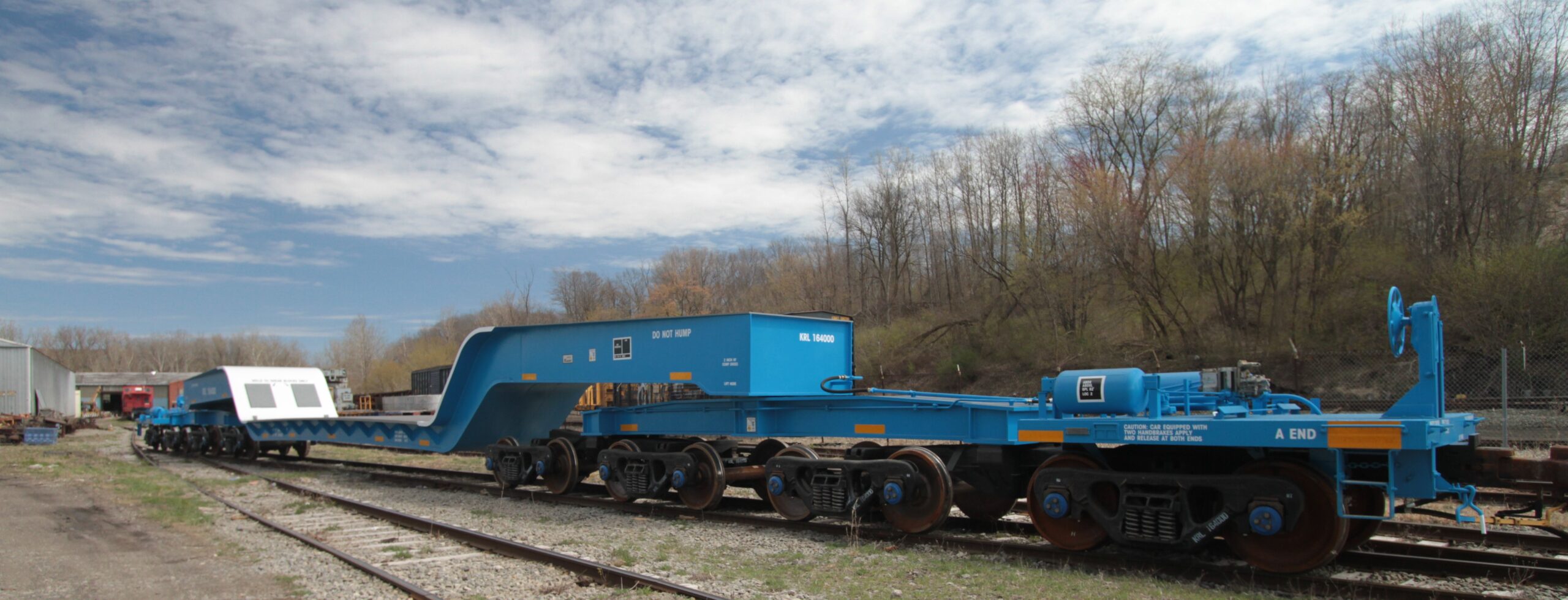Moving very large and heavy objects across oceans and continents is a very specialized skill. At UTC Overseas Project Cargo, one key to safe and cost-effective service is detailed engineering planning. Consulting with our skilled experts early in the process helps our customers avoid costly surprises during the move itself. Working with your designers and engineers helps us suggest design and planning approaches that can reduce overall project transport costs.
UTC Overseas Project Division Technical Service Project Coordinators have detailed career experience in multiple transport modes. It’s a mark of our firm’s emphasis on hands-on, professional customer service:
Rail Engineering
Our staff rail expert began his career designing rail cars for heavy-load shipments. Today, his experience helps determine when rail is a viable mode for a given project. He helps assure selection of the correct equipment for a given move, from standard flatbeds to specialized Schnabel car systems for ultra-heavy loads. He’s also an expert in determining critical load centering and balancing and specifying tie-down designs that assure load safety and integrity during transit. His experience in load counter-weighting helps assure safe clearances for odd-sized loads throughout the transit.

Ocean / Brown Water
Our maritime expert served as a port captain and as a master of specialized project cargo vessels worldwide before joining our team. That experience assures that when water transport is involved, your cargo is being moved on the appropriate kind of vessel, safely and cost effectively with a constant eye to avoiding expensive bottlenecks. As one example, when a customer asked us to move a 56-ton section of an offshore drilling rig to a designated Latin American port, we demonstrated that a more distant port was actually more cost-effective because the original location lacked the resources needed for safe vessel offloading. Our expertise in brown-water transport (ships, tugs and barges) coupled with our engineering skills, has helped us meet unique customer challenges, including the creation of custom-built shoreline berths to offload heavy units as close as possible to final inland delivery points.
Air
Engineering is especially critical for heavy-lift air shipments. Aircraft load and floor-load limits and tie-down requirements are stringent. They commonly demand custom-designed skids and shackling to ensure in-flight cargo integrity and safety during transport. UTC’s expertise in this area was demonstrated in our rush delivery from China of a massive and critical replacement part for a Latin American manufacturing plant. The 40-ton metal ring needed a specially designed skid to spread its weight safely in the aircraft. On-scene project supervisors in China worked with our engineering staff to design and build it in three days and deliver the unit on the other side of the Pacific within minutes of our original time estimate, saving the customer literally millions in down-time losses.
Road
UTC Overseas Project Cargo is internationally recognized for its skills in moving very heavy power generation and distribution systems worldwide, often using multiple transport modes. Inevitably, the final leg requires overland transport, using highly specialized transport systems such as heavy lift trailers, girder bridge trailers, and self-propelled mobile transporters to spread the weight of the load. In addition, specialized engineering studies may be needed to assure that bridges, culverts and roadways can support the weight. UTC’s staff and contracted third-party engineering services are used to prepare these studies and if needed, develop solutions, such as spanning bridges with steel plates to further spread loads or adding additional supports to increase load capacity.

